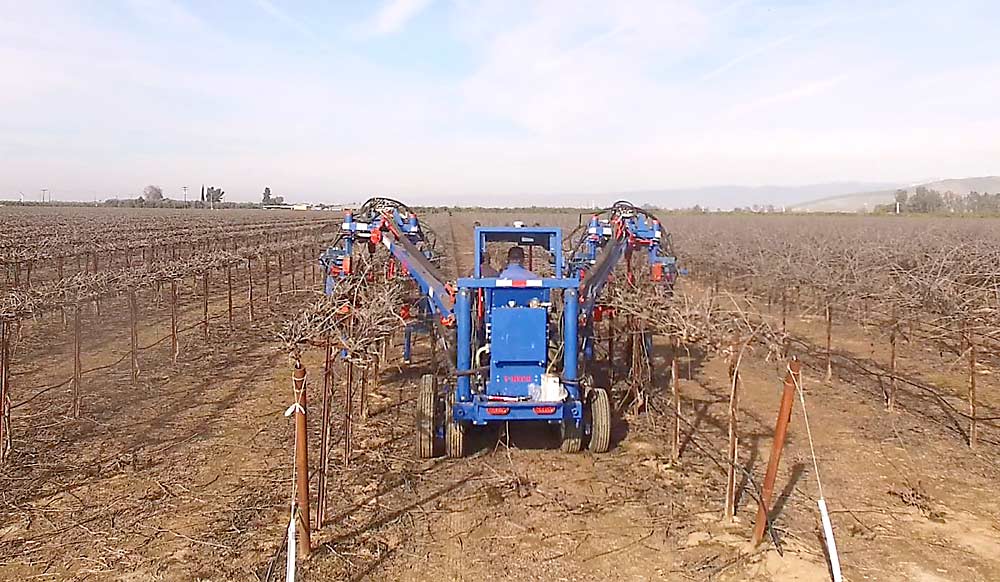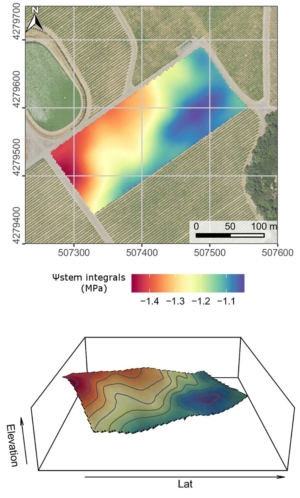
One of the biggest concerns for Michigan grape growers now is the rising cost of production, especially labor.
To combat those rising costs, more growers, especially juice grape growers, are adopting mechanization in their vineyards, said Esmaeil Nasrollahiazar, a viticulture extension educator with Michigan State University.
To educate Michigan and Midwest growers about the adoption of vineyard mechanization practices in California — by far the largest grape-producing state — Nasrollahiazar asked Kaan Kurtural to speak at the Great Lakes Fruit, Vegetable and Farm Market EXPO in Grand Rapids, Michigan, in December. Kurtural, an extension specialist with the University of California, Davis, spoke virtually.

Kurtural said grape growers across the country are facing the same problem: labor. Farm work is tough, and most Americans aren’t fit to do it anymore; vineyards are generally in rural areas, far from population centers; and the pool of workers from other countries is drying up. The labor that is available is extremely expensive. California growers are paying about $32 an hour for hand pruning.
Combine the cost of labor with the limited availability of land and foreign competition, and the case for mechanizing vineyard management tasks has never been clearer, Kurtural said.
“There’s really no other alternative at this point,” he said.
The California industry, with its 900,000 acres of wine, raisin and table grapes, started a major shift toward mechanization about a decade ago. At this point, 90 percent of the state’s grape growers harvest by machine, and two-thirds prune by machine, Kurtural said.
The impetus was to reduce costs, but growers and researchers discovered that it also improves fruit quality, provides more predictable yields and boosts vineyard longevity.
Many of the improvements stem from the uniformity and efficiency that comes with mechanization. In order to prune, thin and harvest by machine, California growers rapidly abandoned the vertical shoot positioning and Guyot trellis systems they favored in the past and replaced them with the more uniform single high wire and high quadrilateral systems, Kurtural said.
The desired properties for successful mechanization in the vineyard include straight and healthy plants, bearing habits amenable to cordon training and spur pruning, wide rows, tall steel posts and irrigation lines at least 22 inches off the ground, he said.
Multiple vineyard management practices can be done by machine, including pruning, hedging, suckering, shoot thinning, leaf removal, cluster thinning and harvesting. A single machine can do in an hour what a crew of 10 or 11 people take 8 hours to do, he said.
“A $160,000 (pruning) machine can be paid off in a year,” Kurtural said. “It’s a no-brainer.”
California growers who can’t afford their own machines hire contractors to provide machine labor. Such arrangements will probably grow in importance in the future, he said.
The timeliness of mechanization can be another advantage for Midwestern grape growers. Performing vineyard tasks in shorter time frames can be crucial in a region where growers must work around frequent summer rains and sudden freezes in spring and fall, Kurtural said.
—by Matt Milkovich







Leave A Comment